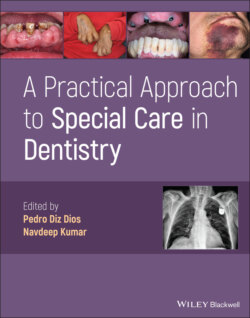Читать книгу A Practical Approach to Special Care in Dentistry - Группа авторов - Страница 42
Clinical Presentation
ОглавлениеIn March 2017, the International League Against Epilepsy (ILAE), a group of the world's leading epilepsy professionals, introduced a new method to group seizures (Table 1.2.3). The main changes are:‘Partial’ becomes ‘focal’‘Awareness’ is used as a classifier of focal seizuresThe terms dyscognitive, simple partial, complex partial, psychic and secondarily generalized are eliminatedNew focal seizure types include automatisms, behaviour arrest, hyperkinetic, autonomic, cognitive and emotionalAtonic, clonic, epileptic spasms, myoclonic and tonic seizures can be of either focal or generalised onsetFocal to bilateral tonic–clonic seizure replaces secondarily generalised seizureTable 1.2.3 New classification of epilepsy.Source: Adapted from Scheffer, I.E., Berkovic, S., Capovilla, G. et al. (2017). ILAE classification of the epilepsies: Position paper of the ILAE Commission for Classification and Terminology. Epilepsia 58: 512–21.Type of seizureType of epilepsy (EEG activity)AetiologyFocalGeneralisedUnknownFocalGeneralisedGeneralised and focalStructuralGeneticInfectiousMetabolicImmuneUnknownNew generalised seizure types are absence with eyelid myoclonia, myoclonic absence, myoclonic–atonic, myoclonic–tonic–clonicSeizures of unknown onset may have features that can still be classified
In view of this, seizures are divided into 3 main groups depending on:Site of onset in the brain: focal/generalised/unknownLevel of awareness: aware/impairedPresence of other symptoms: motor/non‐motor
This is summarised in Table 1.2.4
